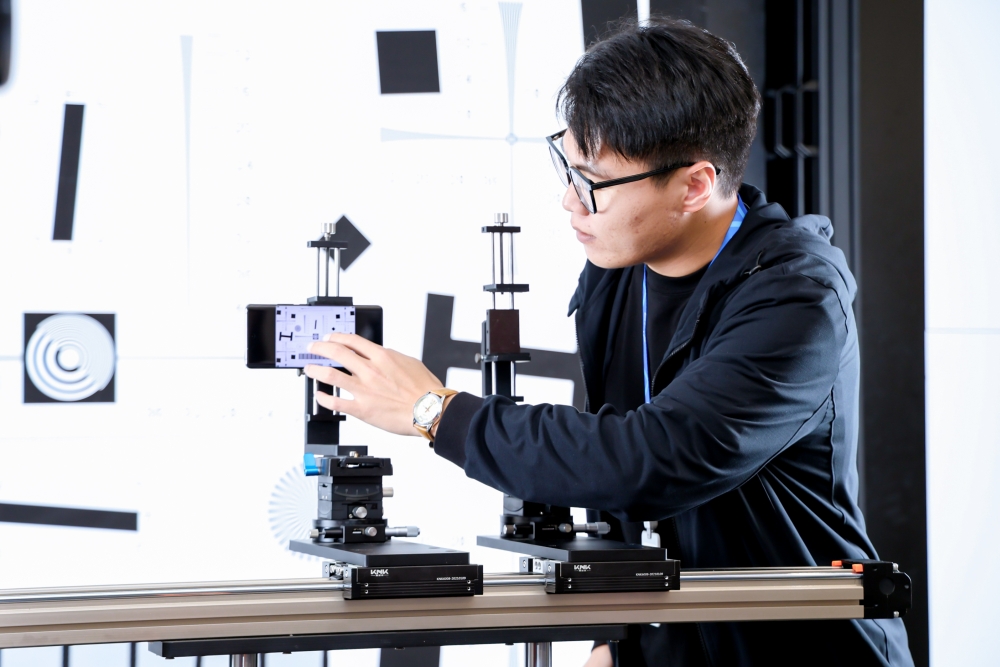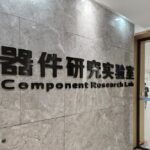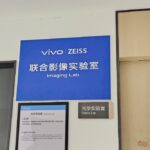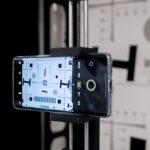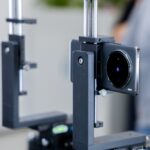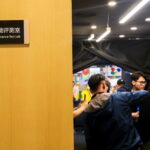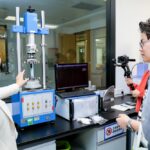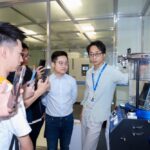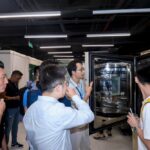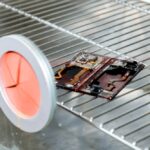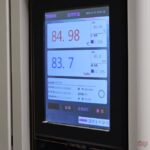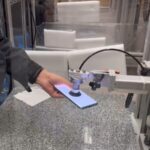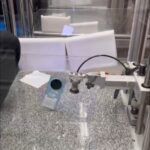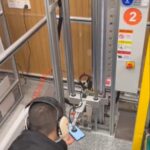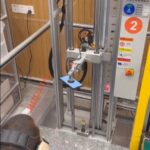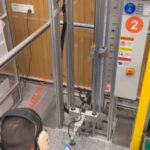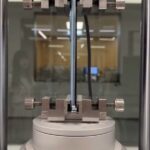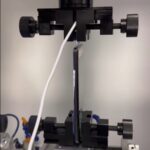Back in November of last year, vivo brought us to Beijing, China to cover the launch of its X100 series of phones. As part of the program, members of the media were also taken to the company’s Global HQ in Dongguan for not only a short tour of its office spaces, but also a quick peek into what goes into making a vivo smartphone.
Part of the process includes the complete assembly line for one of its phones, though vivo also deems this process a closely-guarded secret, which means that we can’t take shots of the process. We were told to leave our electronics behind for this part of the tour, and were also not provided images for this stage of the tour.
But if describing it by text is fine by vivo, then here’s what the process is like. To start, the assembly line that we got to observe was that of the iQOO Z8x. And while there’s naturally a lot of automation, it still looks like every other step still involves a person.
And it’s not just for checking if the machines have done their job properly either, as some staffers are seen actually putting parts into the partially assembled device. Similarly, the actual assembly of the device takes up slightly over half of the assembly line, with the remaining half being the packaging of the device. While the company did not provide exact figures for each line, it did share that the company has an annual production capacity of almost 200 million phones.
Moving on from the assembly process, we were taken to a part of the vivo Global HQ called the Component Research Lab. The first three of which are imaging related, so there’s the Zeiss branding being not at all out of place. As you’d imagine, tests here include the likes of colour accuracy, white balance and detail retention, as well as making sure that the phones’ cameras can do all that from a variety of distances.
Beyond that, there’s a range of other tests, from drop and bend tests to water resistance and temperature tests, with most of the tests being machine-assisted. While these are not as closely guarded as the production line, vivo still placed pretty strict limits on what the media were allowed to snap or record and share. The vertical images are screen captures taken from clips recorded by the company’s own photographers.
The odd one out being the port durability test which. This is because in addition to having machines plugging and unplugging in the USB connector, there are two staffers doing the same manually for the USB and 3.5mm connectors at various angles.

And that was a quick overview of the facilities at the vivo Global HQ in Dongguan, China. It’s pretty unfortunate that arguably the most exciting part of the tour is the most heavily guarded one, but for what it’s worth the company is willing to show off the other parts of its development and testing process.
Tour and photos courtesy of vivo.
Follow us on Instagram, Facebook, Twitter or Telegram for more updates and breaking news.


